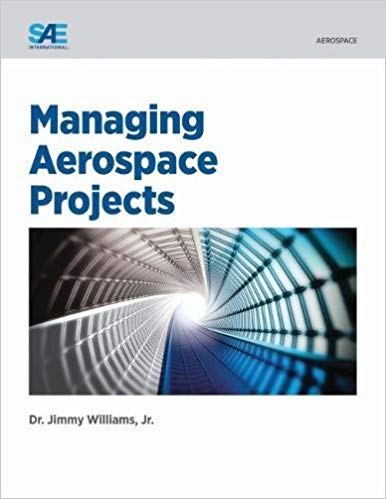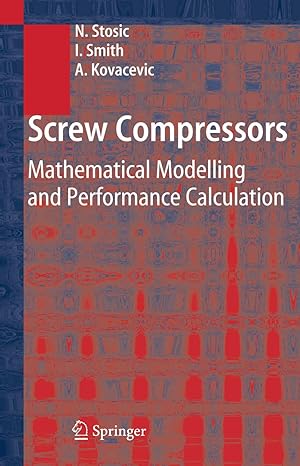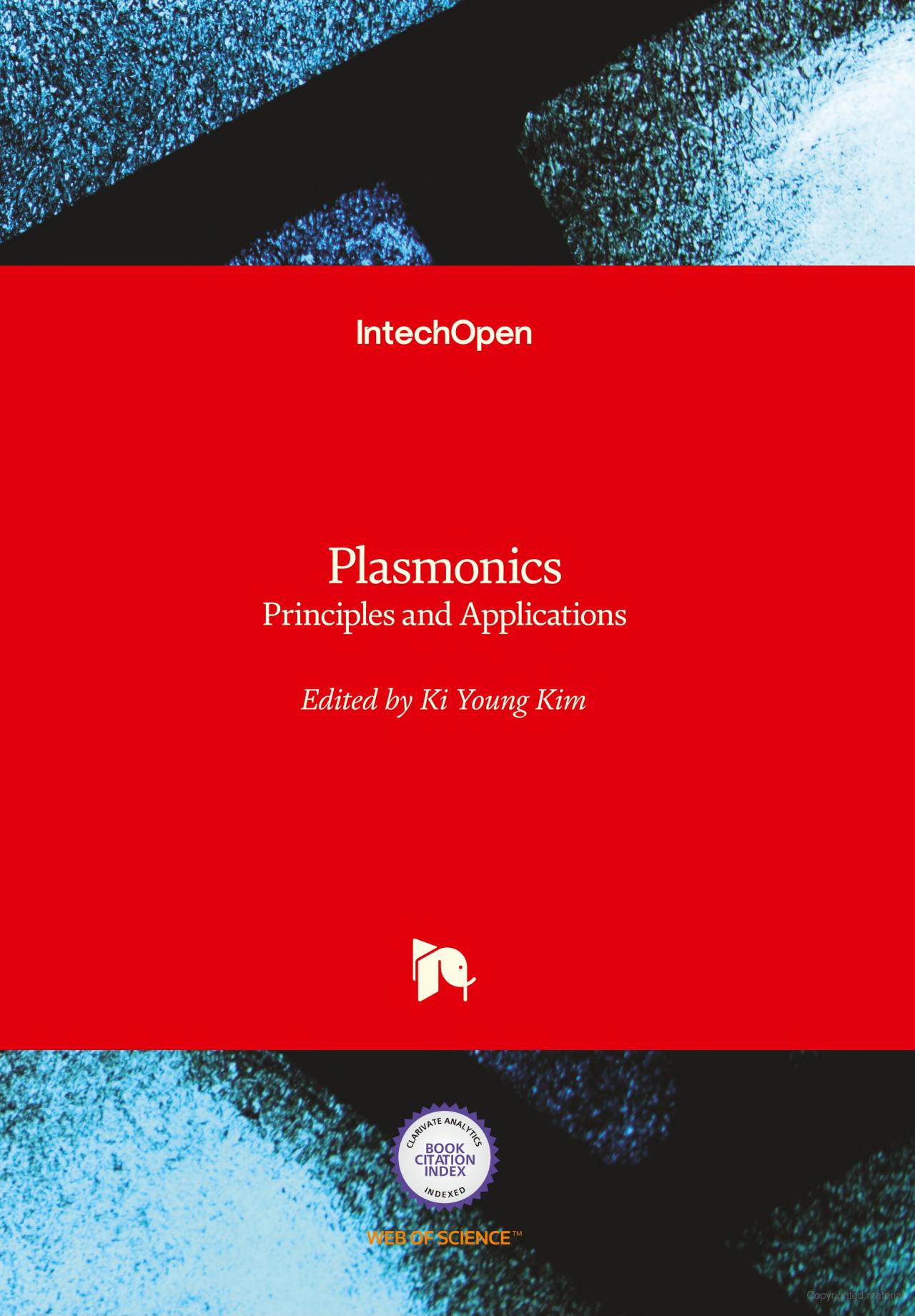Over the next twenty years, the role and contributions of successfully managed projects will continue to grow in importance to aerospace organizations, especially considering the demands of emerging markets. The accompanying challenges will be how to effectively reduce product and process cost where known (incremental) and unknown (transformational) technological innovation is required. Managing Aerospace Projects brings together ten seminal SAE technical papers that support the vision of a more holistic and integrated approach to highly complex projects. Using the concept of project management levers, Dr. Jimmy Williams, Jr., the editor of this title, expands on the critical importance of correctly deciding on Organizational strategies Technology and product strategy Global portfolio strategy Project portfolio strategy Sub-optimized strategies result in and contribute to a portfolio of misdirected projects and organizational dissatisfaction with project management outcomes unrelated to the actual project management process. As an example, ensuring the convergence and readiness of technologies that are critical for the design, development, and assembly of aircraft requires a disciplined and flexible approach for product and technology development. Operating in an environment in which customer needs and supplier capabilities are dynamic requires continual focus on a portfolio of projects, initiatives, and capabilities that result in sustaining competitive advantage and influence. Managing Aerospace Projects stresses the positive impact of project classification and the specific handling and leadership knowledge requirements so that these endeavors are indeed successful. Some comparisons and lessons from the automotive industry are offered. The notion that project management competence and capabilities are embedded in distinct ways of coordinating and combining multiple competencies suggests that failing to recognize the required organizational adaptations could be a major contributor to sub-optimized project management outcomes.
چکیده فارسی
در بیست سال آینده، نقش و مشارکت پروژههای مدیریت شده با موفقیت همچنان برای سازمانهای هوافضا، به ویژه با توجه به تقاضاهای بازارهای نوظهور، از اهمیت بیشتری برخوردار خواهد بود. چالش های همراه این خواهد بود که چگونه می توان به طور موثر هزینه محصول و فرآیند را در جایی که نوآوری های فن آوری شناخته شده (افزاینده) و ناشناخته (تحول کننده) مورد نیاز است کاهش داد. مدیریت پروژه های هوافضا ده مقاله فنی مهم SAE را گرد هم می آورد که از دیدگاه یک رویکرد جامع تر و یکپارچه تر برای پروژه های بسیار پیچیده پشتیبانی می کند. با استفاده از مفهوم اهرمهای مدیریت پروژه، دکتر جیمی ویلیامز جونیور، ویراستار این عنوان، اهمیت حیاتی تصمیمگیری صحیح در مورد استراتژیهای سازمانی را گسترش میدهد. به مجموعه ای از پروژه های نادرست و نارضایتی سازمانی از نتایج مدیریت پروژه که به فرآیند مدیریت پروژه واقعی مربوط نمی شود، کمک می کند. به عنوان مثال، اطمینان از همگرایی و آمادگی فناوریهایی که برای طراحی، توسعه و مونتاژ هواپیما حیاتی هستند، نیازمند رویکردی منضبط و انعطافپذیر برای توسعه محصول و فناوری است. فعالیت در محیطی که در آن نیازهای مشتری و قابلیتهای تامینکننده پویا هستند، مستلزم تمرکز مستمر بر مجموعهای از پروژهها، ابتکارات و قابلیتهایی است که منجر به حفظ مزیت و نفوذ رقابتی میشود. مدیریت پروژههای هوافضا بر تأثیر مثبت طبقهبندی پروژه و نیازهای دانش مدیریت و رهبری خاص تأکید میکند تا این تلاشها واقعاً موفق باشند. برخی مقایسه ها و درس هایی از صنعت خودرو ارائه می شود. این تصور که شایستگی و قابلیتهای مدیریت پروژه در راههای مجزا برای هماهنگی و ترکیب شایستگیهای چندگانه گنجانده شدهاند، نشان میدهد که ناتوانی در تشخیص سازگاریهای سازمانی مورد نیاز میتواند سهم عمدهای در نتایج بهینه مدیریت پروژه داشته باشد.
ادامه ...
بستن ...
Ebook details:
عنوان: Managing Aerospace Projects 9780768084559
نویسنده: Amazon.com
ناشر: SAE International
زبان: English
شابک: 0768084555, 978-0768084559
حجم: 12 Mb
فرمت: True Pdf
ادامه ...
بستن ...










